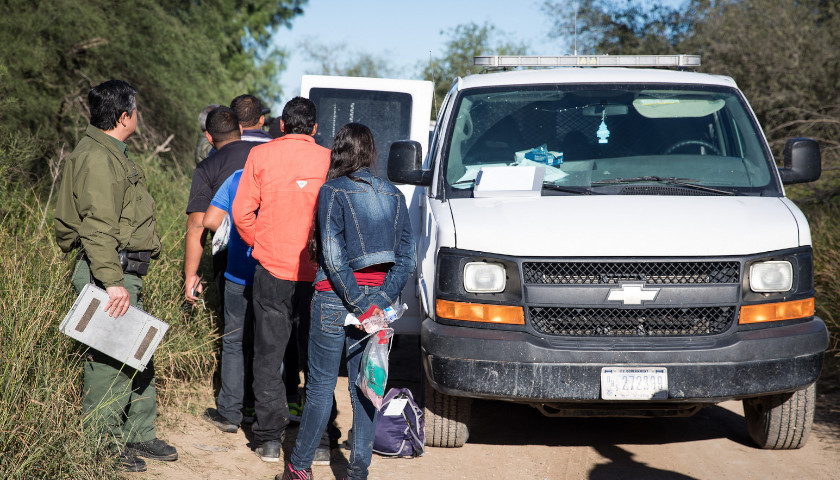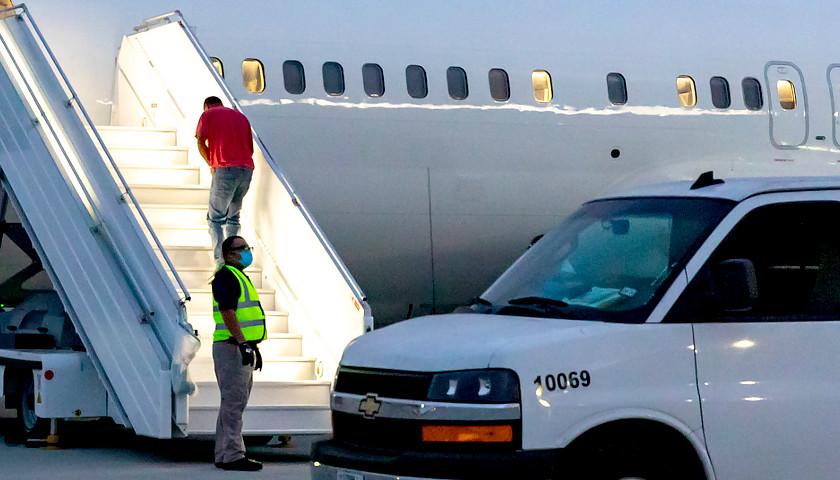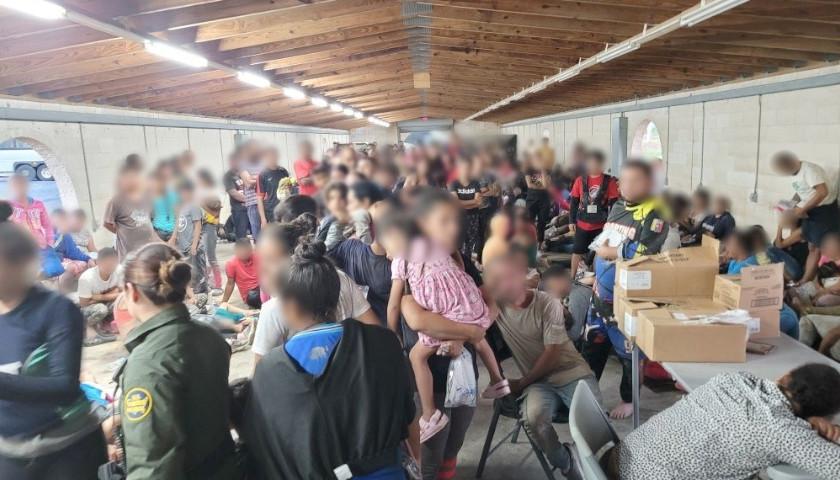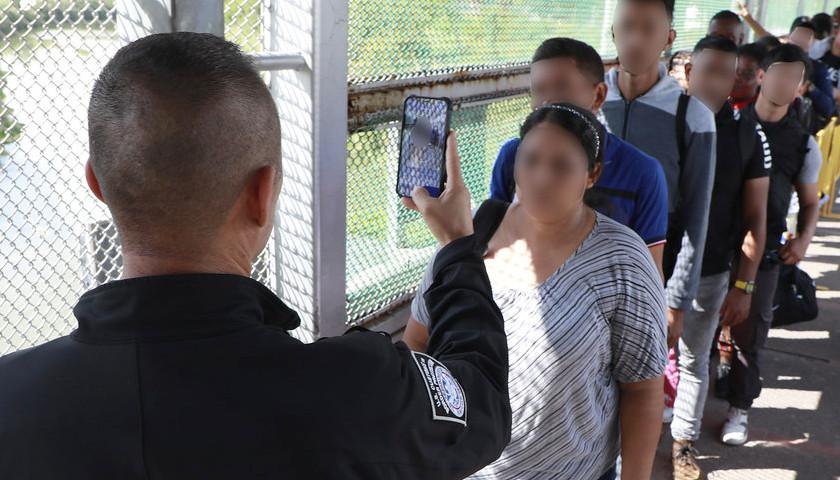Major differences have surfaced between the United States and Guatemala over a proposed agreement to block Central Americans from seeking asylum in the U.S., dashing the Trump administration’s hopes for a quick resolution of talks, according to an internal U.S. State Department report on the first full day of talks Thursday in Guatemala.
A three-member State Department delegation traveled to Guatemala in search of approval of a seven-page draft White House agreement that would establish a “safe third country” protocol between the U.S. and Guatemala, as VOA first reported Thursday.
Under the terms of the proposed deal, migrants fleeing persecution in El Salvador and Honduras would be forced to request asylum in Guatemala, a gateway to Mexico and the United States. In all but rare exceptions, those migrants who chose to continue north to the United States without first exploring their chances in Guatemala would be returned to their home country by U.S. immigration forces.
The pending agreement with Guatemala, if signed, would be the first such agreement between the U.S. and a Latin American country in U.S. history.
But the State Department readout on the first day of talks suggested that there had been a “complete misinterpretation” by the Guatemalans regarding the draft agreement.
According to the readout, Guatemalan ministers reiterated “political will to reach an asylum burden-sharing agreement,” but raised “legal and constitutional issues” that would make a safe third country agreement “a challenging lift.”
Rather than wrapping up the talks before Guatemala’s scheduled national election on Sunday, the talks are likely to continue into next week.
The readout, sent by email Thursday evening from State Department legal adviser Marik String to staff, was obtained by VOA Friday morning from a State Department official who declined to be identified.
VOA requested an official comment from the State Department on the status of negotiations and the contents of that email. The State Department acknowledged that the talks were ongoing, but reiterated its response from Thursday that “we will not disclose further details of ongoing, private diplomatic conversations.”
One document, two interpretations
Meanwhile, a Thursday press release by Guatemala’s Ministry of Foreign Affairs said the United States had recognized its “effort and dedication” on the regional migration crisis, while highlighting “the close relationship that exists between Guatemala and the United States and the multiple ties that strengthen this relationship.”
But according to the internal readout, the draft White House agreement was being viewed differently by the two sides.
“While [the Guatemalans] are supportive of taking returns from the United States, they did not realize they would be obligated to process the asylum claims of the returned individuals,” String wrote.
According to String, the Guatemalan government thought the agreement would be “analogous to Mexican Migrant Protection Protocols (MPP),” a system currently in place between Mexico and the U.S. requiring migrants seeking asylum in the U.S. to wait in Mexico pending the adjudication of their claims.
On Friday, VOA asked the Guatemalan government for an updated response regarding the differences that remain between the two countries, but is awaiting their reply.
Confusion in the region
On Friday morning, Fox & Friends TV host Steve Doocy asked U.S. President Donald Trump, via telephone, if the White House was prepared to engage in a “plan B” involving a “safe third country” agreement if Mexico were unable to control the migration crisis on the U.S. southern border.
“Mexico doesn’t want [a ‘safe third country’ agreement], so they’re going to pull out all the stops, because they don’t want that?” Doocy asked the president.
“That’s exactly right, that’s what’s going to happen, and they’ve got 45 days,” Trump responded, adding, “They’re doing really well.”
Mexico has pushed back on entering a “safe third country” agreement with the U.S. as part of its recent deal with the Trump administration to avoid Trump’s threatened imposition of tariffs, as VOA previously reported.
As part of its arrangement with the United States, Mexican officials agreed to send 6,000 National Guard troops to its southern border with Guatemala. By Thursday evening, a Mexican official told Al Jazeera that there was a “confirmed significant National Guard presence in southern Mexico,” despite no visible signs of its presence.
Adding to the confusion, the head of Mexico’s national immigration agency, Dr. Tonatiuh Guillén López, submitted his resignation Friday.
But if all efforts failed after 45 days, Mexico’s foreign minister expressed a willingness to consider a regional asylum pact that would include countries like Guatemala, Panama and Brazil.
On Friday afternoon, multiple news outlets revealed what is reportedly the sheet of paper that Trump had dangled in front of reporters earlier in the week, signed by officials of both countries on June 7. It signaled that the U.S. and Mexico would begin discussions for a “binding bilateral agreement” to address burden-sharing and responsibility for processing refugee status claims.
Human rights groups, meanwhile, continue to warn that Mexico and Guatemala, whose nationals face dangers including violence, extortion and refoulement, are both ill-equipped to process asylum claims of nationals from neighboring countries.
Gang-related violence in Guatemala, according to Human Rights Watch, continues to be a major factor forcing migrants to leave the country.





